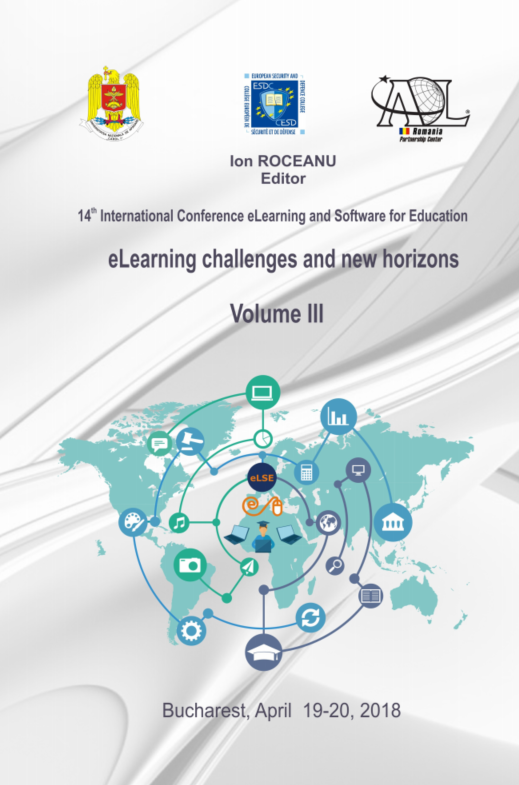A Proposal for a Mixed Assessment of Students on Facilities Offered by Google and Moodle
A Proposal for a Mixed Assessment of Students on Facilities Offered by Google and Moodle
Author(s): Adrian Buhu, Liliana BuhuSubject(s): Social Sciences, Education
Published by: Carol I National Defence University Publishing House
Keywords: Moodle Cloud; Google; Google Drive; Forms; Google apps;
Summary/Abstract: Evaluating how the training is done online is essential because, in this way, we can measure the effectiveness of teaching methods chosen. At the same time is a great way to determine if the skills and abilities acquired by students in the course are aligned with the objectives and requirements of the course. When learning online first took off nearly two decades ago, one of the big attractions was paperless grading: students could send work to LMS and the teacher could provide feedback without exhausting their supply of pens or straining their back carrying weighty papers. Nowadays, even the smallest LMS includes assessment features, but Moodle still leads the way in both the wide-ranging options available and the sound educational basis behind them (Group assessment, Peer, and self-assessment, Automatic assessment, Anonymous assessment, like Quizzes, Workshops, Seminars, etc.). Since 1997 when the domain Google.com was first registered, it has become an omnipresent source of information. Google also provides a growing list of instruments that can make teachers and students’ day easier and more interesting. Google offers a wealth of tools that can bring information, collaboration and increased efficiency in the classroom. The most popular tools are: Google translate, Google images, Gmail, Google drive, Google maps, etc. Google Apps for Education is a core suite of productivity applications that Google offers to schools and educational institutions for free. These apps, that include Gmail, Calendar, Drive, Docs, and Sites, are available when the teacher creates a Google account. The account unlocks access to dozens of other collaborative tools supported by Google. All of these applications exist completely online (or in the cloud), meaning that all creations can be accessed from any device with an Internet connection. In this paper is presented another approach to student’s evaluation, is a mixed evaluation based on online tools and combined with evaluation based on a quiz sustained in the exam period. After students complete all work that requires physical presence, evaluation is done online. For this purpose, they enroll on a Moodle cloud platform where you have to solve two types of tests. A laboratory test work, conducted using Google Forms, which based on add-ons allow quick scoring by the teacher. Another type of test is created based on the Moodle facilities, with which, starting from a certain date, they can assess students preparing for the exam. The final step of evaluation is made with a quiz, where students must be in person.
Journal: Conference proceedings of »eLearning and Software for Education« (eLSE)
- Issue Year: 14/2018
- Issue No: 03
- Page Range: 148-153
- Page Count: 6
- Language: English

